Six Sigma and Human Performance
You may know that Six-Sigma has been around for a long time now, and like many quality improvement tools, it has gone in and out of vogue as time goes by. Six-Sigma is a bell-shaped statistical measure of distribution. "Six-Sigma error" is a statistical measure of error. Small Six-Sigma numbers indicate a consistent level of quality (a good thing).
Six Sigma Value Proposition
The whole value proposition of a Six-Sigma HR process is to improve profitability by improving personal productivity. For example, research shows that a company with 100 managers/professionals earning an average of £40K will lose the company around £1,920,000 each year from individual productivity differences (100 x £40K x 48% average productivity difference). If this sort of waste happened in a manufacturing unit, it would warrant immediate corrective action.
Managing "people quality"
Measuring human performance is harder than measuring manufacturing output. People metrics often include "fuzzy" data like turnover, units, pounds, opinion surveys, integrity, speed, or work accuracy. These measurements are often affected by dozens of unrelated factors such as economic trends, politics, delayed feedback from information systems, etc.
There are four major influences affecting human performance.
These are:
-
Hiring systems
-
Management practices
-
Training and development
-
Environmental factors
-
Mental ability
-
Planning skills
-
Interpersonal ability
-
Attitudes, interests and motivations or aims.
Analysis shows that performance tends to cluster into four general areas. These are:
No matter how good the manager, training programmes, or environmental factors, performance can never be better than the four skill areas possessed by the employee.
Mental ability affects problem solving, learning, technical knowledge and decision-making.
Planning and organising (although somewhat associated with mental ability) is classified separately because job failure is often associated with poor organisational ability.
Interpersonal ability refers to an employee's ability to get along with team members, a manager's ability to coach and counsel, a salesperson's ability to persuade, etc.
This human performance has significant impact. For example, when job requirements are misunderstood, applicant skills are left unmeasured or overlooked. This leads to wide differences in individual performance. Hiring scientists estimate the annual cost of these differences in the millions of pounds (19% of annual salary for unskilled workers, 32% for skilled and semi-skilled workers, and 48% for manager/professionals).
Therefore, bad recruiting and placement contributes a huge burden to the organisation. It should be considered a primary source of Six-Sigma error because it sets the base line for every other system.
Conclusion
Six-Sigma in HR applications may seem like a topical, leading-edge application, but requires a Herculean effort to accomplish. The greatest opportunity for improving employee performance is in the recruiting phase. After that, the managers' skill in coaching or mentoring their reports has the next greatest effect.
Effective management must:
-
Develop clear and measurable job standards and goals
-
Develop internal and external hiring and selection tools that actually relate to job performance
-
Make necessary management changes among present managers and implement better selection standards for future managers
-
Seamlessly weave training, coaching and development programmes into daily job requirements
-
Integrate performance management and performance appraisal content to match individual job standards
-
Uncover and tailor environmental systems that enhance desirable behaviour and extinguish undesirable behaviour
Brefi Group Limited
Unit 11 BSC, Hood Road
Barry CF62 5QN
United Kingdom
Reg. No. 1669333
Copyright 2024 Brefi Group Limited. All Rights Reserved
